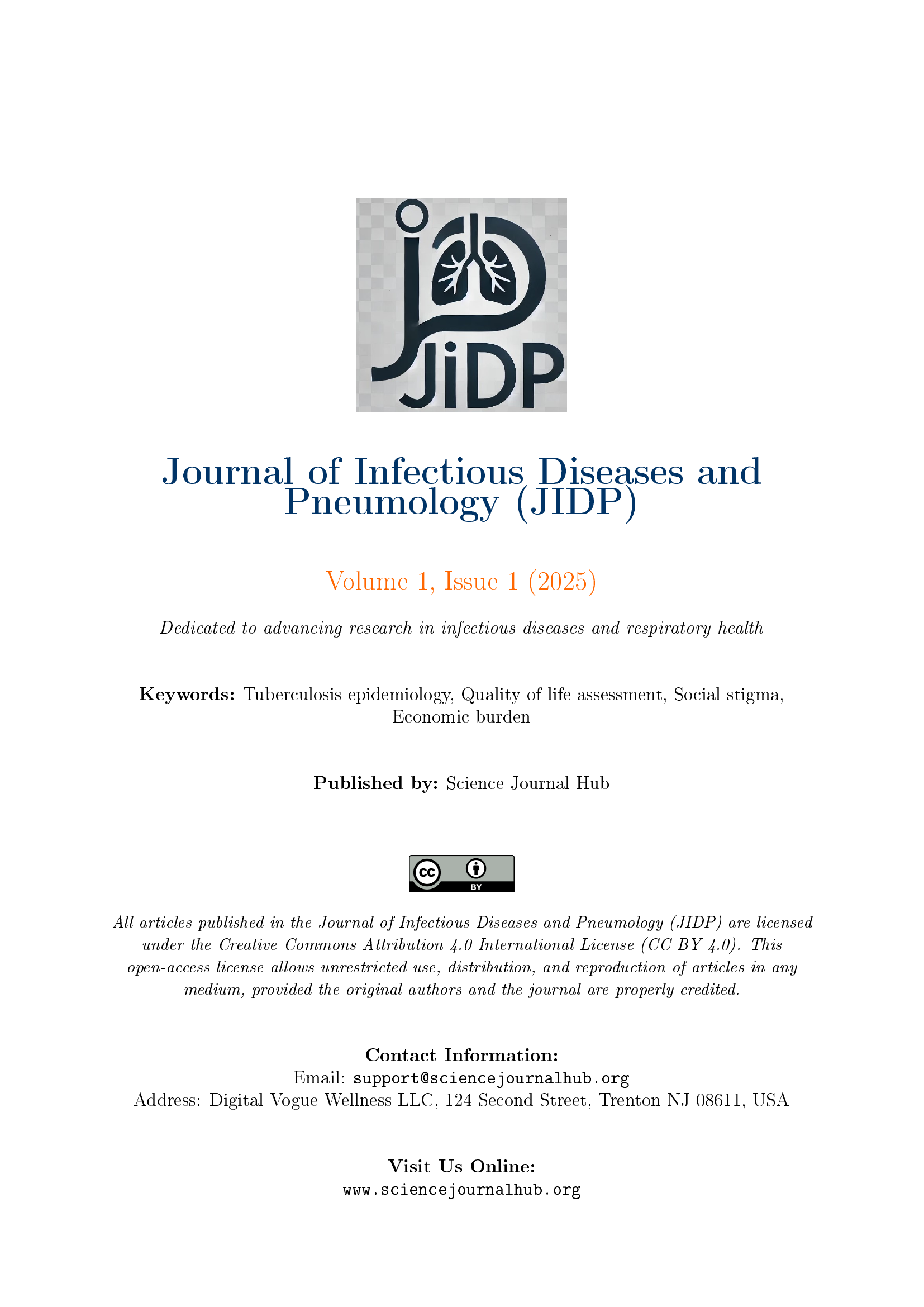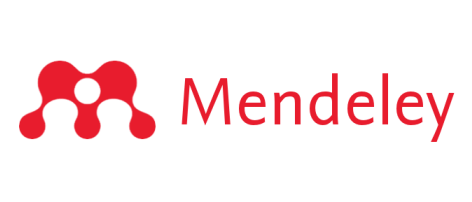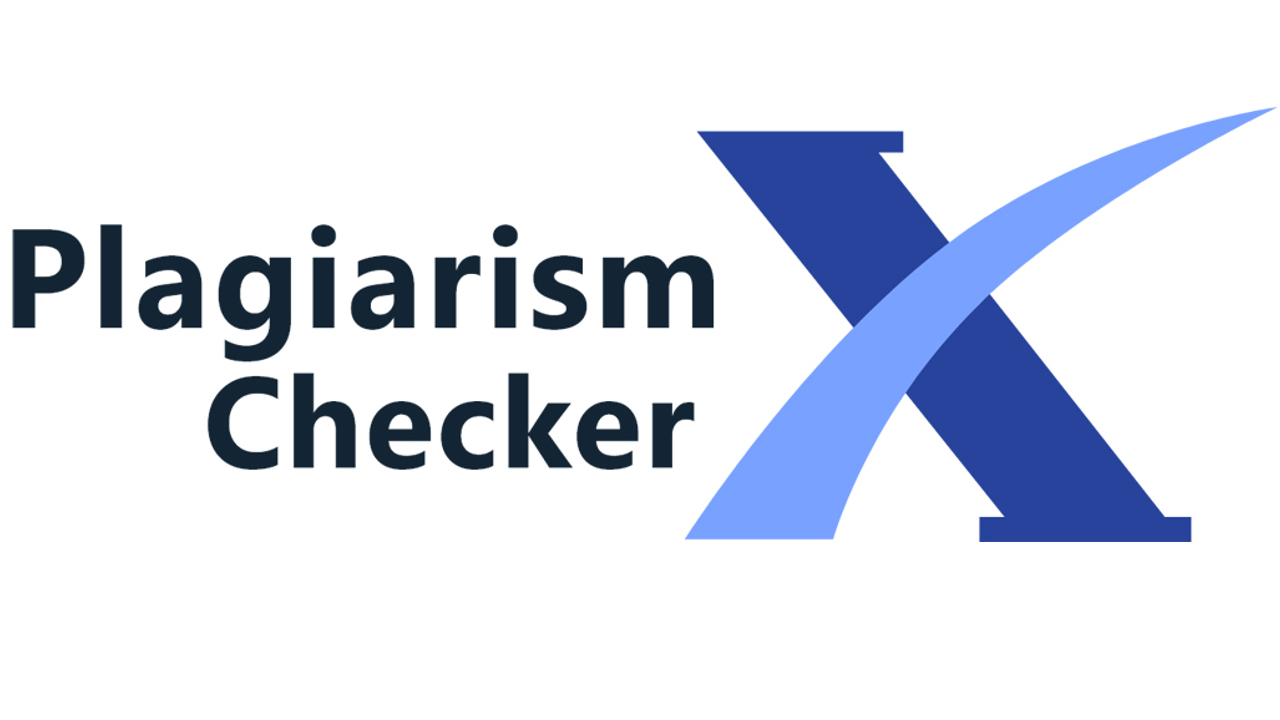HIV awareness among people with disabilities
Mots-clés :
HIV, disabilitiesRésumé
More than one billion people around the world live with disabilities, with most of them in low- and middle-income countries. These individuals face many challenges that only make social and economic inequalities worse. As a result, people with disabilities are more likely to live in poverty and are especially at risk of HIV/AIDS. They often deal with a mix of risk factors like poverty, sexual violence, and limited access to healthcare services.
Women with disabilities, in particular, face a triple burden—they not only have to contend with the challenges of their disability and gender but also find themselves primarily excluded from HIV prevention campaigns and healthcare services.
Access to reliable information about HIV/AIDS is a major barrier with significant concern. Traditional prevention efforts often fail to take into account the needs of people with disabilities by failing to provide materials in accessible formats, such as Braille, sign language or plain text. In addition, a harmful misconception that people with disabilities are asexual further marginalizes them in public health debates.
The risk of sexual violence increases the level of additional vulnerability, increasing their risk of HIV infection. In addition, structural and institutional barriers often prevent these people from receiving appropriate care and testing services. Because of these significant challenges, it’s crucial to develop HIV education and prevention programs that are tailored specifically for people with disabilities. Evidence shows that when these programs consider socioeconomic factors and the unique needs related to different types of disabilities, they can effectively boost awareness and reduce risky behaviours.
Improving access to information and quality sexual and reproductive health services for people with disabilities is very important for reducing health inequalities and moving towards universal health coverage. Integrating these communities fully into global HIV/AIDS strategies is a necessary step in achieving this goal.
Téléchargements
-
PDF (Anglais)
187
Publiée
Numéro
Rubrique
Licence
(c) Copyright Journal des maladies infectieuses et de pneumologie 2024

Ce travail est disponible sous la licence Creative Commons Attribution 4.0 International .
All articles published in the Journal of Infectious Diseases and Pneumology (JIDP) are licensed under the Creative Commons Attribution 4.0 International License (CC BY 4.0). This open-access license allows unrestricted use, distribution, and reproduction of articles in any medium, provided the original authors and the journal are properly credited. By adopting this policy, JIDP promotes free and equitable access to scientific knowledge.









